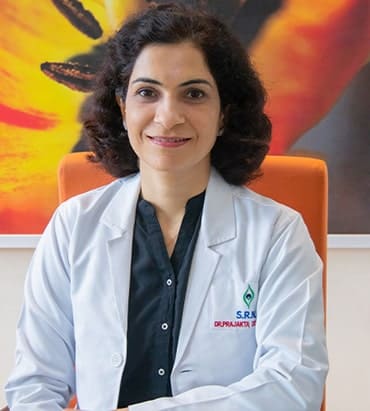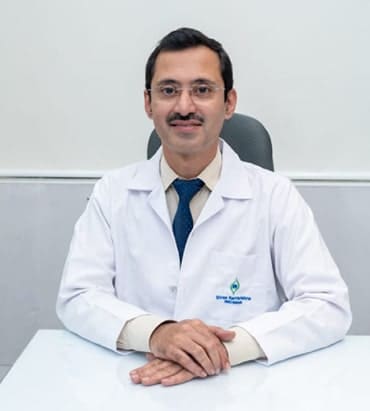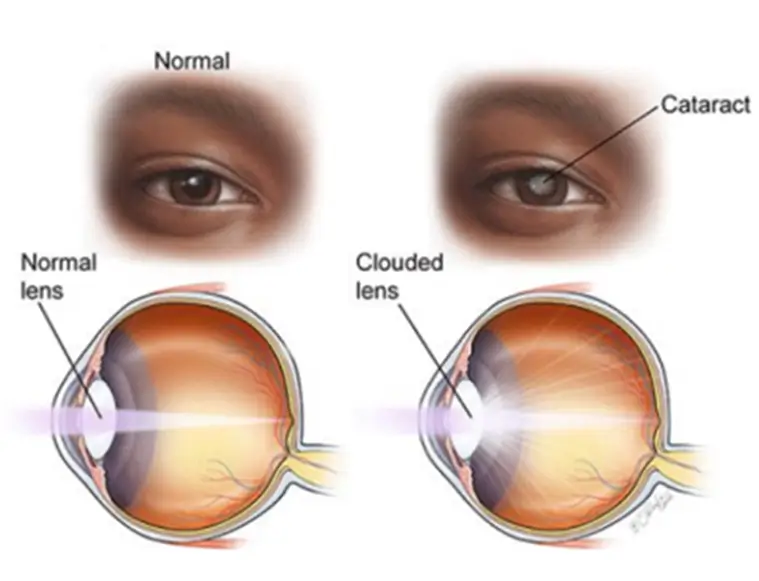
Book Appointment Download Brochure
Cataract is a common eye condition characterized by the clouding of the eye's natural lens, leading to blurred vision and, if left untreated, eventual loss of vision. It often develops slowly with age or can be caused by factors such as injury, genetics, or certain medical conditions. Cataract surgery, a safe and effective procedure, involves replacing the cloudy lens with an artificial one to restore clear vision.
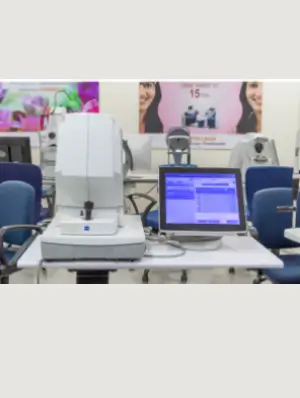
IOL Master 700
Advanced tool for precise eye measurements, aiding in selecting the right intraocular lens during cataract surgery, resulting in improved postoperative vision.
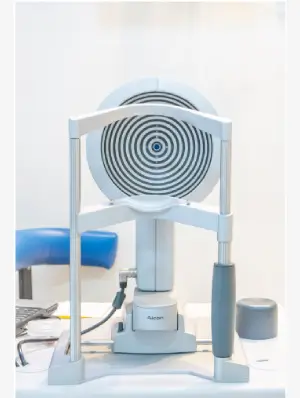
Topography
Provides detailed corneal mapping to detect irregularities, guiding cataract treatment decisions and ensuring optimal visual outcomes.
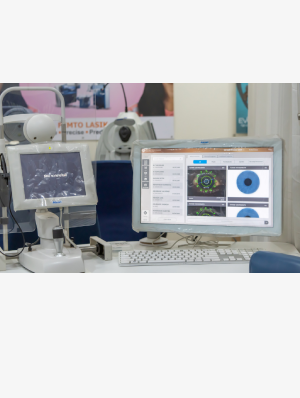
VERION
High-resolution imaging system that enhances cataract surgery accuracy, assisting with measurements, astigmatism analysis, and IOL alignment for improved postoperative results.
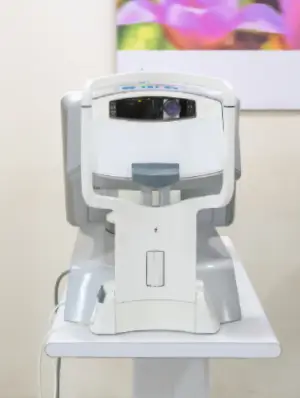
LipiView
Specialized test for tear evaluation, essential in addressing dry eye conditions before cataract surgery, leading to smoother recovery and better vision outcomes
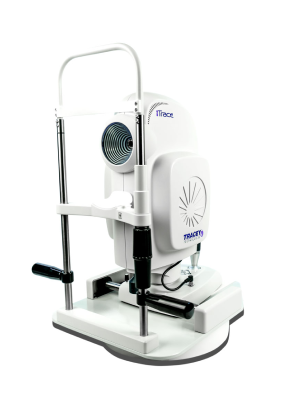
iTrace
Most advance diagnostic tools for to analysis pre and post cataract and Lasik treatment.
1. ROBOTIC Blade Free Laser Cataract Surgery (LENSAR)
Experience the Future of Cataract Surgery with LENSAR Robotics. LENSAR is the cutting-edge solution that has revolutionized cataract surgery. With advanced robotic precision and a blade-free approach, LENSAR offers unparalleled accuracy, computer-guided surgeries with unmatched precision and safety for each patient.
2. Advanced Phacoemulsification (PHACO) Micro Incision Cataract Surgery
Advanced Phacoemulsification (PHACO) Micro Incision Cataract Surgery is a minimally invasive technique to remove cataracts and restore clear vision. Through a tiny incision, an ultrasonic device breaks down and gently removes the cloudy lens. An artificial intraocular lens is then inserted, leading to improved visual clarity. With no stitches required, recovery is quick, and discomfort is minimized. It's the modern standard for safe and effective cataract removal, providing rapid improvement in vision and quality of life.
3. Digital Guidance Cataract Surgery (VERION)
Digital Guidance Cataract Surgery (VERION) is an advanced technology that enhances cataract surgery precision. Through preoperative imaging, it creates a personalized blueprint of the patient's eye, aiding the surgeon in accurate intraocular lens (IOL) alignment. Real-time guidance ensures improved visual outcomes and reduced reliance on glasses. Better precision, better vision. VERION is revolutionizing cataract surgery.
4. Intraocular Lenses
Intraocular Lenses (IOLs) are marvels of modern eye care, replacing the natural lens during cataract surgery or correcting refractive errors. They offer patients an opportunity to regain clear vision and improve their quality of life.
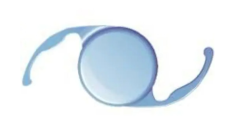
MONOFOCAL IOL
Clear vision at one distance, glasses may be needed for other ranges.
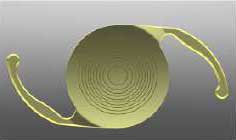
MULTIFOCAL IOL
Clear vision at multiple distances, reducing reliance on glasses.
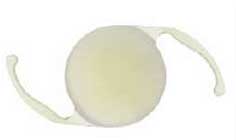
EDOF IOL (Extended Depth of Focus)
Continuous vision from near to intermediate, with reduced halos.

TRIFOCAL IOL
Clear vision at near, intermediate, and distance, providing seamless transitions.
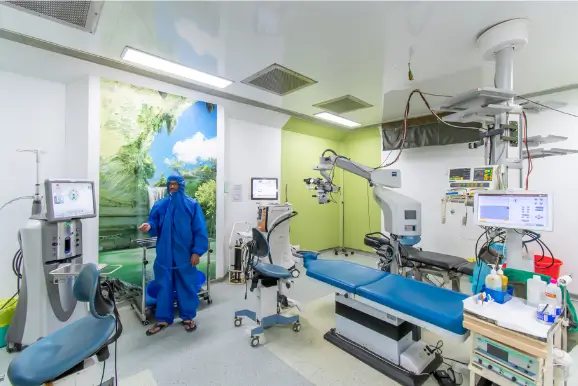
Cataract OT - equipped with besy of world-class machines and air Conditioning using HEPA filter which is sterile (for patient safety And for reduction of risk of infection). OT has digital cataract Surgery machine (verion), centurion vision machine for accurate Cataract surgery results (alcon), baush & lomb stellaris machine. Ot also has alcon phaco machine and cardiac monitoring machine For patients safety
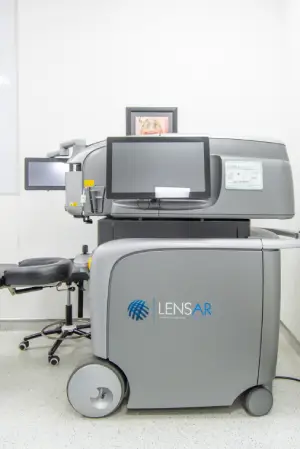
LENSAR

VERION
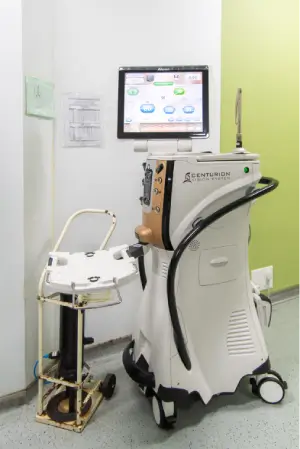
ALCON
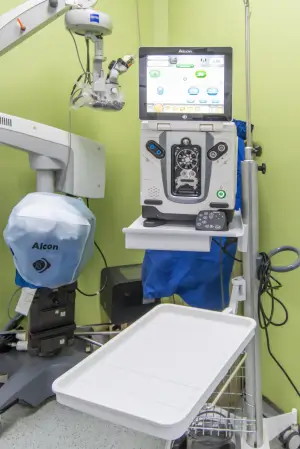
ALCON PHACO Machine
Age-related : The most common cause of cataracts is age-related changes in the lens of the eye. Over time, the proteins in the lens can clump together and form cloudy areas, leading to the development of cataracts. This type of cataract is known as age-related cataract.
Secondary to other health conditions : Cataracts can develop as a result of other health conditions, such as diabetes, hypertension (high blood pressure), obesity, or metabolic disorders. These underlying conditions can contribute to the formation of cataracts.
Traumatic cataract : Cataracts can occur as a result of an eye injury or trauma, such as being hit in the eye or having a foreign object enter the eye. The trauma can damage the lens and lead to the development of a cataract.
Congenital cataract : Some people are born with cataracts or develop them during infancy or childhood. These cataracts can be caused by genetic factors, infections during pregnancy (such as rubella), metabolic disorders, or trauma at birth.
Medications : Prolonged use of certain medications, such as corticosteroids, can increase the risk of developing cataracts. These medications, when used in high doses or over a long period, may contribute to cataract formation.
Lifestyle factors : Certain lifestyle choices can increase the risk of developing cataracts. These include smoking, excessive alcohol consumption, prolonged exposure to ultraviolet (UV) light from the sun, and poor nutrition.
There are several types of cataracts, classified based on their location within the lens or the underlying cause. The main types of cataracts include:
Nuclear cataract : This type of cataract forms in the central portion (nucleus) of the lens. It is commonly associated with aging and is characterized by a yellowing or browning of the lens nucleus.
Cortical cataract : Cortical cataracts develop in the outer edges of the lens cortex. They appear as wedge-shaped opacities that extend inward towards the center of the lens. Cortical cataracts often have white, spoke-like streaks or lines that radiate from the periphery of the lens.
Posterior sub capsular cataract : Posterior sub capsular cataracts occur at the back of the lens, just beneath the lens capsule. They tend to develop more rapidly than other types of cataracts and can significantly affect near vision and reading. This type of cataract often leads to increased sensitivity to bright lights and glare.
Congenital cataract : Congenital cataracts are present at birth or develop during infancy. They can be caused by genetic factors, infections during pregnancy, metabolic disorders, or trauma at birth. Depending on the size and location of the cataract, they may cause visual impairment or complete loss of vision if not treated.
Traumatic cataract : Traumatic cataracts result from an eye injury or trauma. They can occur immediately after the injury or develop months or years later. The severity of the cataract depends on the extent of the trauma and the specific area of the lens affected.
Radiation cataract : Exposure to certain types of radiation, such as ionizing radiation used in cancer treatment, can lead to the development of radiation-induced cataracts. These cataracts may take several years to manifest after radiation exposure.
Secondary cataract : Secondary cataracts can develop as a result of other eye conditions or systemic diseases. For example, cataracts may occur after eye surgery, such as for glaucoma, or as a complication of certain conditions like diabetes or uveitis.

